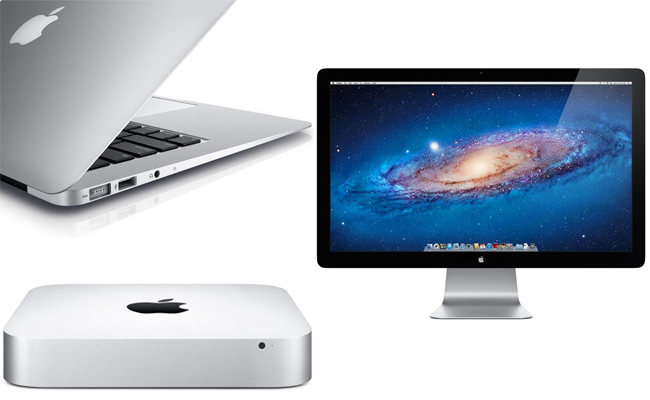
Razer, the maker of high performance gaming products, has announced the Razer Blade–what they’re calling “the world’s first true gaming laptop.” So what makes this laptop stand out and above all of the other gamer-centric portable PCs? The fact that it is designed from the ground up for performance and portability without making any compromises. That’s what. Check out these specs. Inside a full aluminum chassis breathes a 2.8GHz Intel Core i7 2640M processor, a NVIDIA GeForce GT 555M with Optimus Technology, 8GB of DDR3 RAM, 2GB of dedicated GDDR5 VRAM, 320GB 7200rpm SATA HDD, built-in HD webcam, 802.11b/g/n WiFi, integrated 60Wh battery, and a 17.3″ 1920×1080 LED backlit display. All of this is packed inside a managable 0.88 inch thin design that weighs only 6.97lbs. What a magnificent feat! And that’s not all. Razer has also imagined the Switchblade User Interface, a technology built specifically for gamers that is comprised of 10 dynamic adaptive tactile keys and an LCD screen. The separate mini-display (480×800) located to the right of the keyboard has two modes: (1) it displays in-game information when a mouse is in use; and (2) it functions as an ultra-sensitive, multi-touch panel designed for gaming on the go. The Switchblade tech was actually born out of the “Razer Switchblade” concept that was previewed earlier this year.
With the Razer Blade the company hopes to reinvigorate the laptop market and set a new standard for portable gaming machines. And by the looks of it, that’s exactly what they’ve done here. When it releases in Q4 2011 it’ll run for an understandably pricey $2,799.99. If you’re a dedicated gamer and need something portable and powerful enough to maintain a desktop experience on-the-go, the Razer Blade is a clear choice. Now look in the gallery below for some press shots and after the break you’ll find Razer “Chief Gamer and CEO” Min-Liang Tan talking up his latest creation.
[Via Engadget]
Continue reading Razer Blade vies to be “the world’s first true gaming laptop”










































